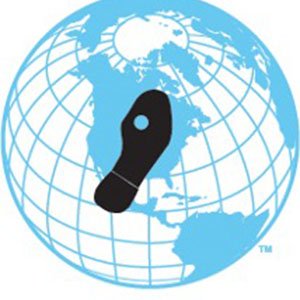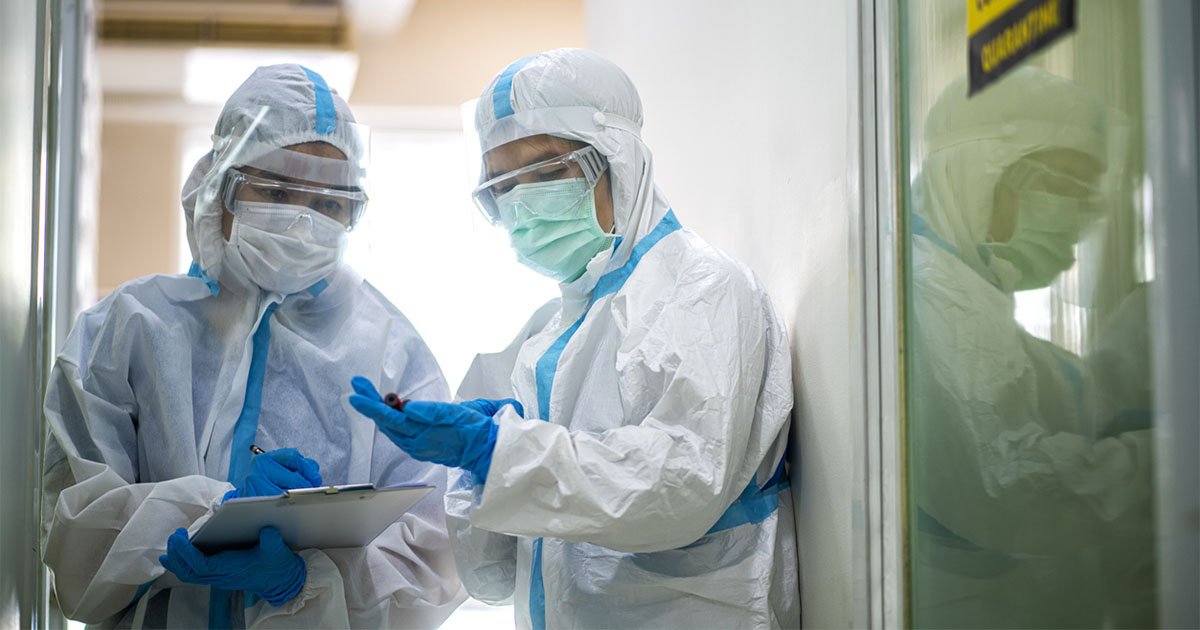When School of Public Health alumna and current Assistant Professor Melanie Firestone (EnHS, PhD, ‘20) worked at New York City’s Department of Health & Mental Hygiene ten years ago, the agency confronted numerous large-scale public health challenges, including a rash of Legionnaires’ disease in the Bronx and a brush with the Ebola virus. In both instances, officers from the CDC’s Epidemic Intelligence Service (EIS) stepped up, helping to manage the crises and guide the department’s response.
Sometimes glamorized as “disease detectives” (Kate Winslett’s character in the movie Contagion was an EIS officer), EIS officers have been on the front lines of some of the nation’s most profound public health challenges and achievements of the past several decades—including the eradication of smallpox, the control of polio, and the management of outbreaks like Ebola, Zika, and COVID-19. Established in 1951, the EIS is a highly selective two-year, post-graduate program that attracts individuals with advanced degrees in health-related fields, such as medicine, public health, veterinary medicine, and nursing.
It was Firestone’s first exposure to the prestigious EIS program, and the experience set her on the course to joining it as an officer. “Seeing the EIS officer lead the Legionnaires outbreak investigation was really inspiring,” she said. “It was fascinating to see what they were able to do, and it seemed like an incredible opportunity to lead responses to major public health challenges.”
SPH Pathway to the Epidemic Intelligence Service

Encouraged by that experience and her own interest in foodborne diseases, Firestone decided to pursue a PhD at the University of Minnesota School of Public Health (SPH), a pathway, it turns out, that has produced several EIS officers in recent years. Since 2020, for example, at least 10 SPH graduates have gone on to be accepted into the EIS program.
Why is that? What is it about SPH that prepares so many people to be accepted into this renowned and exclusive CDC program?
For Teddy Nam (EnHS, PhD, ‘22), who went on to the EIS after graduating, the answer boils down to a key skill: leadership. “Something that SPH does really well is develop leadership ability,” Nam said. “SPH gives its students the autonomy to come up with their own research idea, then create a team or an action plan to clearly and concisely execute the plan. That experience translated really well into my experiences at EIS, where you’re often given a task without a lot of guidance; SPH teaches people the skills needed to thrive in that environment.”
Firestone mentioned adaptability as another skill from SPH that translated well into her role at EIS. As anyone who has worked in a public health department knows, day-to-day work plans are often interrupted by the need to respond to unexpected public health challenges. Though she intended to focus primarily on enteric (foodborne) illnesses during her tenure at EIS, Firestone entered the program in the summer of 2020—the height of the COVID-19 pandemic—and in addition to that crisis, ended up working on a long list of challenges, including HAI outbreaks, human rabies, and a sudden occurrence of unexplained functional tics among teenagers in a small Minnesota community.
Nam echoed that point, lauding SPH’s focus on teaching students to “rapidly adapt to whatever’s coming our way. Nothing is set in stone, and the ability to adapt to certain circumstances in real time is another reason SPH does so well when it comes to fellows being accepted into the EIS program.”
Madhura Vachon (EnHS, PhD, ‘23), another member of the SPH to EIS pathway who is currently serving her two-year term in the program, mentioned SPH’s focus on exposing students to a wide range of public health issues as a major factor. Vachon recalled a class taught in collaboration with the School of Veterinary Medicine, which explored public health issues through the lens of animal health. “I thought that was really important,” Vachon said, “because in the real world, all of these disciplines need to collaborate with each other. SPH presented us with these opportunities to make sure we weren’t so siloed within our respective areas.”
Real-World Public Health Experience
Alumni of both SPH and the EIS program also highlighted the school’s long-standing leadership in applied public health as a factor driving its outsized participation in the program. “One of the things that really makes Minnesota so strong as a school of public health is also what makes it a great pathway into the EIS — its strong focus on applied public health,” Firestone said. “The connection to public health practice within SPH lends itself really well to EIS’s focus on applied epidemiology,” she noted.

Emily Groene Faherty (EpiCH, PhD, ‘22), who did field work in Tanzania as well as at the Minnesota Department of Health as part of her training at SPH, said her applied experiences helped when she transitioned to being an EIS officer stationed at the Chicago Department of Public Health. “My experience at SPH provided me with several different ways to see public health in action, which was incredibly helpful for the work I did in Chicago as an EIS officer. SPH provided the opportunity to be on the front lines of research, doing primary data collection. Not everybody has that opportunity in their PhD program.”
Vachon also underscored how beneficial the school’s commitment to applied public health was to her experience. She said her advisor Professor Craig Hedberg valued incoming students who had applied public health experience. “I had worked at the state health department in Indiana for a few years before coming to SPH. Professor Hedberg was looking for students who had that kind of background and experience, and my PhD really supplemented the work I’d been doing.” After receiving her PhD, Vachon said her background working in and studying applied public health practice was instrumental in helping her get into the EIS program.
Asked to offer advice to current SPH students who may be interested in EIS, Nam encouraged them to seek out positions of leadership that offer a challenge. “EIS is all about taking ownership and responding to situations, so look for opportunities at SPH that take you out of your comfort zone and allow you to demonstrate leadership.”
And Faherty advised anyone interested in EIS to take advantage of the fact that so many SPH alumni have gone on to serve in the program. “There’s a pay-it-forward mentality among people who have done EIS,” she said. “Any of us who have been through the program are always happy to help out someone looking to apply, because we’ve been helped in the past by other people who’ve gone through the process.”

